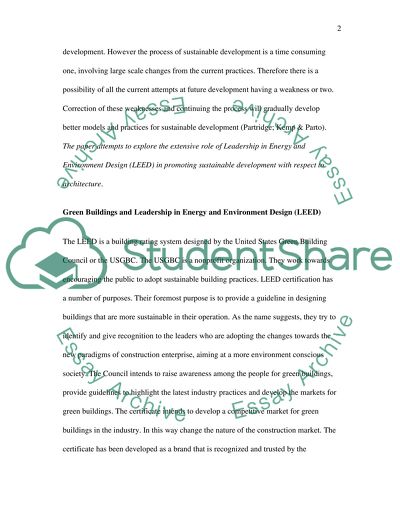Cite this document
(“Examining whether LEED 'succeeds' in terms of promoting environmental Essay”, n.d.)
Retrieved from https://studentshare.org/environmental-studies/1422903-examining-whether-leed-succeeds-in-terms-of
Retrieved from https://studentshare.org/environmental-studies/1422903-examining-whether-leed-succeeds-in-terms-of
(Examining Whether LEED 'succeeds' In Terms of Promoting Environmental Essay)
https://studentshare.org/environmental-studies/1422903-examining-whether-leed-succeeds-in-terms-of.
https://studentshare.org/environmental-studies/1422903-examining-whether-leed-succeeds-in-terms-of.
“Examining Whether LEED 'succeeds' In Terms of Promoting Environmental Essay”, n.d. https://studentshare.org/environmental-studies/1422903-examining-whether-leed-succeeds-in-terms-of.


